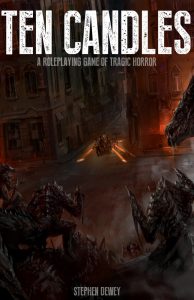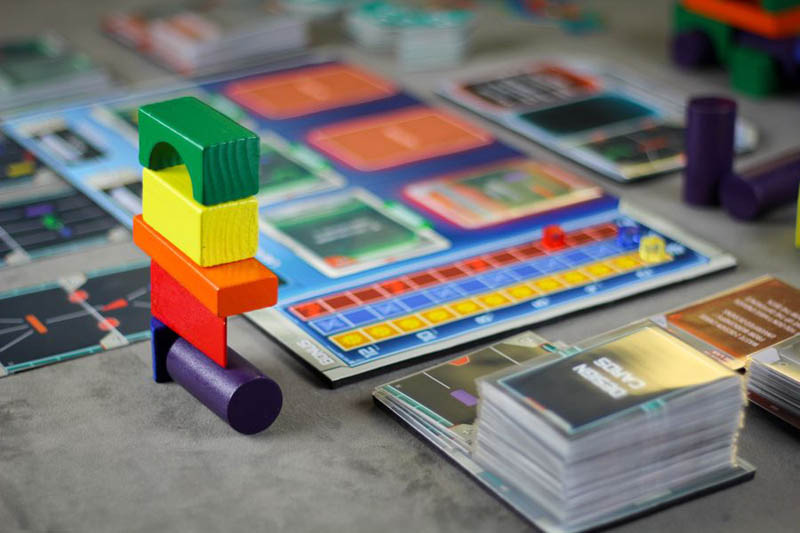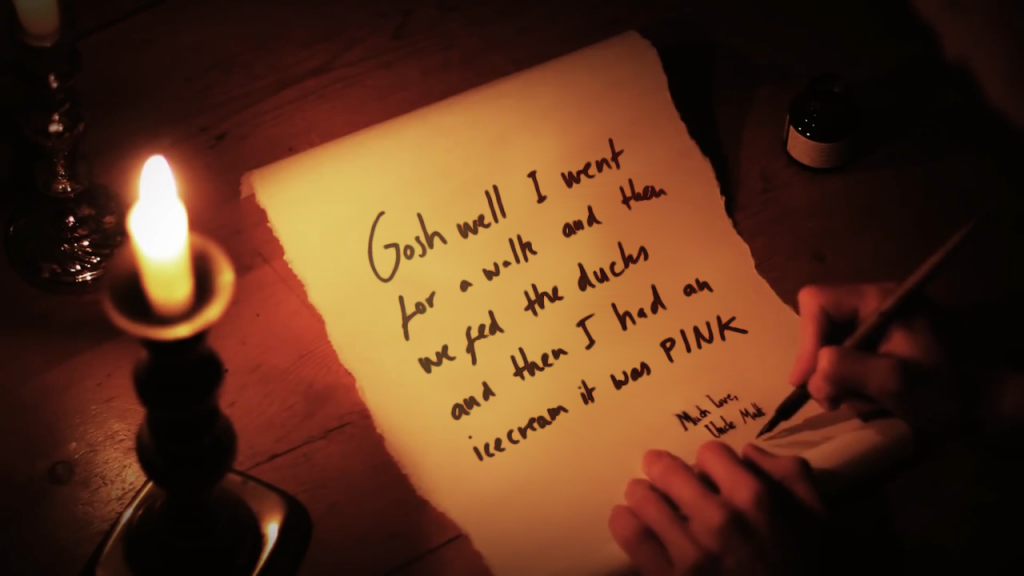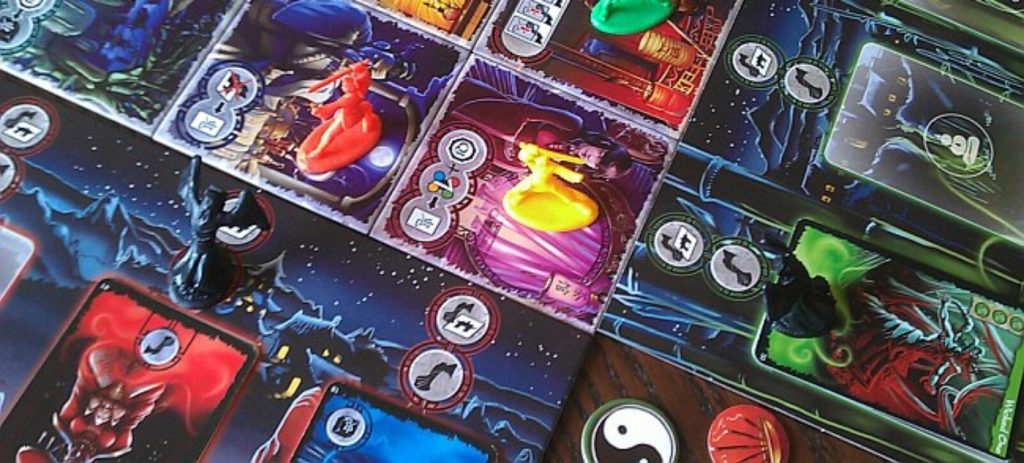[Introducing RPG columnist Cynthia Hornbeck! As a former Utahn, temporary Minnesotan, PhD dropout and current public school teacher she is radically overqualified for a job with SU&SD. Please, nobody tell her.]
Cynthia: Hello, dear readers! I’d like to invite you all to accompany me to the end of the world, and to your death. Don’t worry! I assure you that you’re perfectly capable and prepared for the end – as it manifests in the phenomenal indie storytelling game Ten Candles, that is.
Ten Candles is a flexible, firelit game of “tragic horror” designed by Stephen Dewey and published by Cavalry Games. And I’m so totally in love with it. It’s many scenarios take place in a variety of apocalypses where thick darkness blankets the earth and an evil force known as “Them” threatens humanity. Oh I know, there are plenty of post-apocalyptic games out there, and I imagine you’re all raising your hands to ask what’s so special about this one. Well, let me show you. Because what’s special about Ten Candles is pretty much everything.
Ten Candles is as much ritual as game. Your playing space is lit only by ten candles that go out gradually during the game’s three or four hours, so as your situation in game darkens, your real-life setting does too.
In the middle of the playing space you’ll have a bowl or other vessel that can safely hold fire and ashes, because you’ll be burning parts of your character. At the end of character creation you record an in-character final goodbye: a message that you’ll listen to after your character’s death. Throughout the game, there are also certain phrases that everyone says aloud in unison. These ceremonial touches make a game of Ten Candles feel hallowed, mysterious, and even more… communal than tabletop games naturally are. You and your friends are in the dark, staring death right in the eye.

I’ve mentioned that you’ll be consigning parts of your character to flames, so I should explain the lovely, quick process that is Ten Candles character creation. At the game’s start, everyone writes a positive adjective, or “virtue,” on an index card: kind, fearless, disarming, charming, resourceful, etc. On another index card, you put down a negative trait, or “vice”: manipulative, greedy, belligerent, narcissistic, and so forth (you know, words generally associated with politicians).
You pass the good trait to your right, the bad one to your left, and then, from the twin traits given you and the scenario details, you form a character. All of humanity – and a few other species – is your oyster here. You could craft some version of yourself, or Beyoncé, or your coworker who’s really very nice but makes the absolute worst coffee. I’ve played a U.S. military vet working in Antarctica, a headstrong twelve-year-old girl from Harlem, and an easily provoked police dog named Bella, among others.
On a third index card you write down how your character might find hope. It should be something simple and achievable: finding potable water, or hearing from a friend. If that hope is fulfilled, you’ll be rewarded with the incredibly powerful “Hope die”, the one die you cannot lose.
Finally, on the fourth card, someone else describes a reprehensible and revealing thing they once saw your character do, like commit murder or shout at a child or eat all the chocolate. These cards function a bit differently from the other two, but are also very likely to end up in flames.
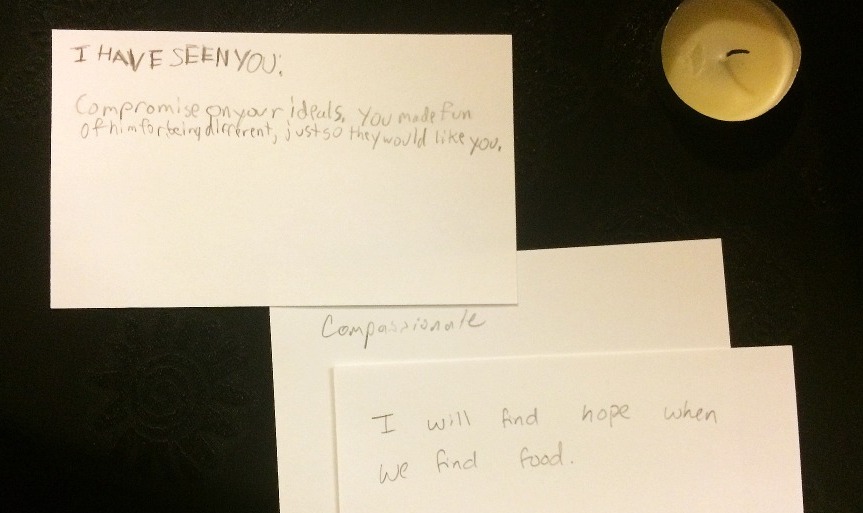
When fire has devoured the four cards of your character’s life, or when all ten candles are out, your character dies. And there’s no way of getting around this one. Your character will die. But that’s fine, because Ten Candles isn’t a game about triumph. It’s about finding hope and control in the face of adversity, and making sure your final actions matter. It’s a chance to explore what someone might do when they have absolutely nothing to lose.
Some characters throw themselves into desperate battle against Them. Other characters fall into denial; others find peace in offering their companions reassurance and love. What happens in that end-game exploration is always, for me, surprising, revealing, and intimate.
Character creation also gives birth to Them: your mysterious, implacable adversaries. One player writes down for the GM a detail about Their identity or strength. Maybe They have tentacles or transform into cats; maybe they tunnel underground or make terrifyingly irresistible peanut butter sandwiches. Once born from that detail, They evolve continuously throughout the game. The GM knows most about their nature, but in truth They are often shaped as much by the players as the GM.
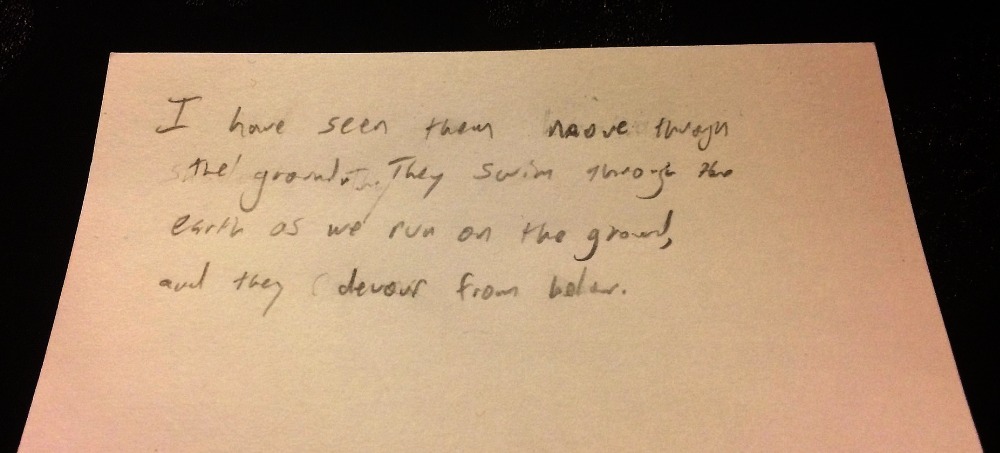
The storytelling process is as elegant as everything else. To begin a scene, you and the GM speak a number of single-sentence “truths” about the current situation, always beginning with “These things are true. The world is dark…” and concluding with that ominously hopeful refrain, “and we are alive.” Those truths may be as pleasant as “we have a compass and map of the island,” or as terrible as “the phone is ringing,” and “that’s not really your mother.”
Then the action starts. As in most rpgs, you narrate your characters’ actions and voice their dialoge, and whenever your character attempts something risky or challenging, you roll the dice. If you get more sixes than the GM does, the action succeeds. If not, then the GM gleefully takes over the tale. Any dice that produce ones are confiscated by the GM for the rest of the scene.
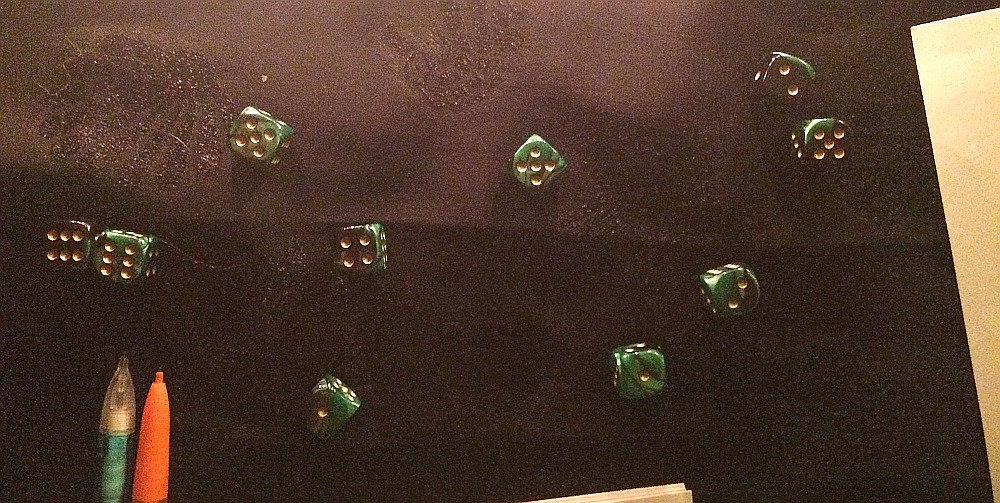
If you roll no sixes, then Really Bad Things happen: The GM permanently removes a die from the players’ pool and adds it to his or her own, a candle is extinguished, the scene ends, and death comes one teensy little awful step closer.
So I mentioned that whenever the scene changes, a candle goes out…Well, that also happens if a candle is extinguished accidentally – and that happens a lot. You might shorten everyone’s live by shifting the tablecloth or sneezing. If that makes you anxious… well, good, it ought to. That’s okay. The continuous dread of accidentally extinguishing a candle is part of this addictive game’s visceral thrill.
In play, Ten Candles is as smooth as a frozen ski slope, but it also boasts an excellently satisfying built-in arc. At first, players have ten dice and much more control over the story than the GM does. But with every failed roll the GM gains dice and becomes more powerful. The players’ chances of success decrease. The characters’ situation darkens, as does your lived environment. If you want to gain the upper hand in your struggle, you must consign an index card to the flames –– which may temporarily postpone your character’s death, but still ultimately brings it closer.
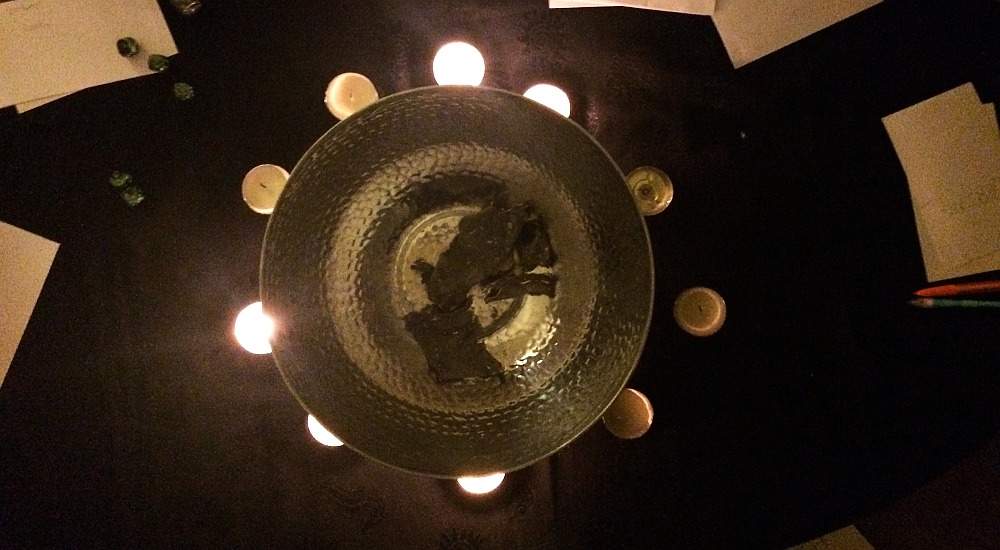
Because Ten Candles’ storytelling is so intensely collaborative, you could play the same scenario dozens times and never discover the same horrors, never encounter the same Them. But you don’t have to do, because Ten Candles offers twenty-five(!) scenarios set all over time and space, from an international moon base to a cruise ship (and not much is scarier than a cruise ship). Each tantalizing little blurb is only couple of paragraphs long, but contains everything the GM needs to start the game. In fact, I think Ten Candles is ideal for beginning GMs, because it lets you develop your improvisation and story-guiding skills without making you worry about stat blocks or plot diagrams or complicated combat systems.
One last thing about the scenarios in the Ten Candles book: You’re not limited to them. No, really! The game designers encourage you to venture beyond them, travelling into terrifying new territories. You’ll discover that this game system kind of resembles a hungry Newfoundland puppy: you can put a bizarre variety of things into it and they’ll all somehow miraculously, safely work out.
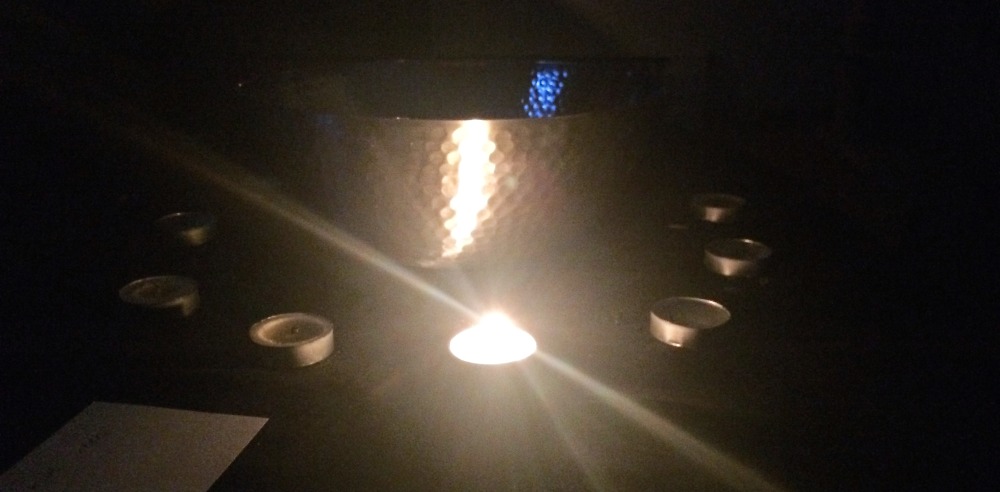
In picking up Ten Candles, you’re acquiring the enchanted key to a vast library of doom and darkness that is somehow paradoxically also filled with hope, laughter, and togetherness. A key that is incredibly well-crafted, easily accessible, accompanied by clear directions, inexpensive, and so very worth it.
Any questions? If so, please leave a comment! And if you’ve got one, please do share your own story of dying horribly in the dark (in Ten Candles (real life ghosts only have to comment if they want to)).


